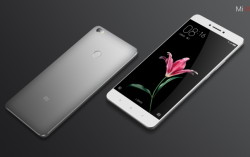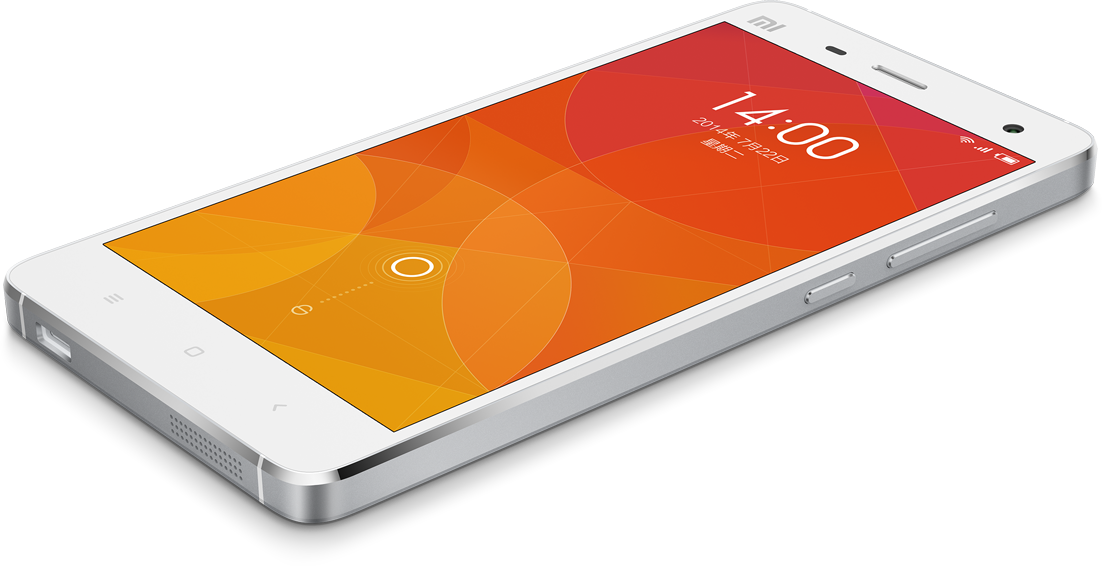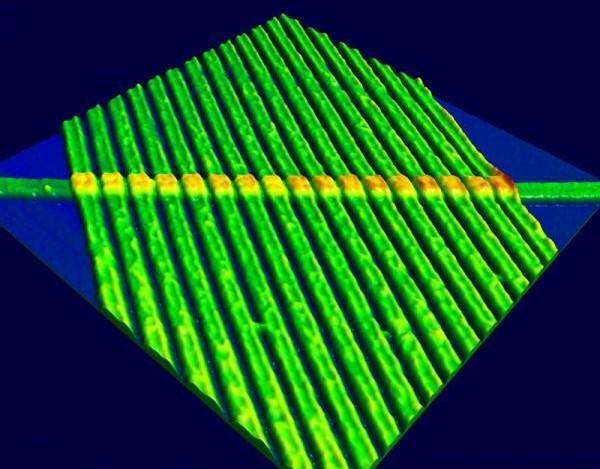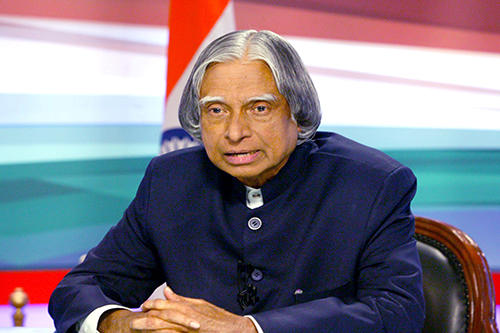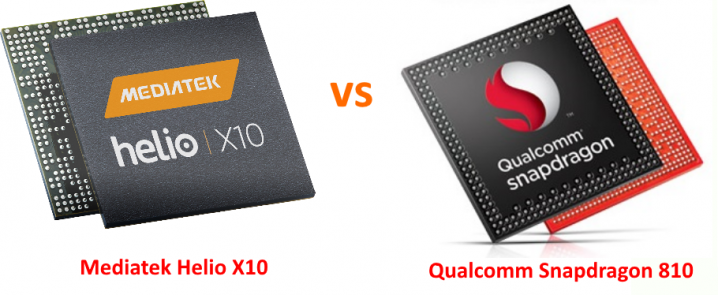
Mediatek MT6795 Helio X10 is one of the top SoCs from the manufacturer and is even said to be one of the frightful competitors to Qualcomm’s mobile chips. We put that to the test to see if that is really true, so we decided to compare the Snapdragon 810 and Mediatek MT6795 Helio X10.
Mediatek MT6795 Helio X10 is a 64-bit SoC, with 28nm manufacturing process. It boasts eight Cortex-A53 cores clocked at 2.16GHz. The mobile chip supports MediaTek’s CorePilot technology that allows all of the 8 cores to work at their maximum capability when needed and thus boosts the overall performance even further. Not only that, but it also helps lower the energy consumption and according to MediaTek keeps lower outer temperatures. To the list of features we can add Wi-Fi 802.11ac, Bluetooth, FM, GPS, Glonass, Beidou and support for displays with 1660 x 2560 resolution. PowerVR G6200 is the GPU unit that takes care of the graphic performance of the device.
Snapdragon 810 is a top-tier SoC from Qualcomm with 64-bit architecture and 20nm manufacturing process. The mobile chip has eight cores separated into two clusters. The first four are Cortex-A53, clocked at 1.5GHz and they take care of light tasks, which don’t require high performance, resulting in lower energy consumption. The other four are more powerful Cortex-A57, clocked at 2.00GHz. They deal with heavier, more demanding apps and tasks. The SoC also supports 4K video recording and playback capabilities, Wi-Fi 802.11 n/ac, LTE Cat 9 with up to 450Mbps speed, Bluetooth 4.1, as well as support for the Quick Charge 2.0 technology. The GPU in the chip is Adreno 430 that also provides high graphics performance.
Even though both the processors are superb, It is difficult to say one is superior than other. Though some may say, 810 is a winner, but in some others viewpoint, it has a drawback of heating issue, so its still being negatively seen by consumers. Also the Snapdragon 810 was announced in April 2014, and can be considered as an old processor too. Still the 810 is used in many flagships phones, due to the fact that 810 is fast and a reliable SoC which is available now.This doesn’t mean that Helio has drawbacks. The multimedia features of the Helio X10 are quite interesting and include video recording at 480 frames per second with 1/16th speed slow-motion playback, support for 120Hz smartphone displays, and H.265 Ultra HD 4K2K video encoding at 30 fps.


